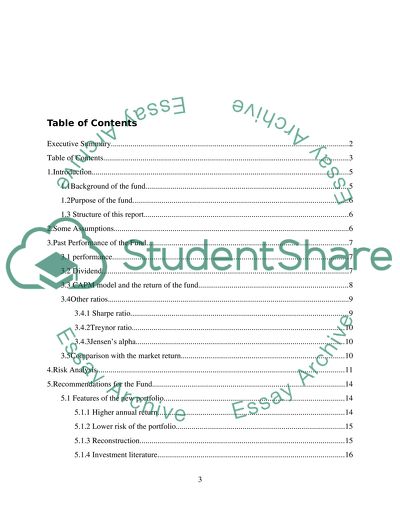Cite this document
(“Risk Management and Investment Coursework Portfolio Essay”, n.d.)
Retrieved from https://studentshare.org/finance-accounting/1640876-risk-management-and-investment-coursework-portfolio
Retrieved from https://studentshare.org/finance-accounting/1640876-risk-management-and-investment-coursework-portfolio
(Risk Management and Investment Coursework Portfolio Essay)
https://studentshare.org/finance-accounting/1640876-risk-management-and-investment-coursework-portfolio.
https://studentshare.org/finance-accounting/1640876-risk-management-and-investment-coursework-portfolio.
“Risk Management and Investment Coursework Portfolio Essay”, n.d. https://studentshare.org/finance-accounting/1640876-risk-management-and-investment-coursework-portfolio.


